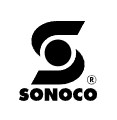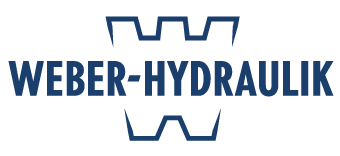We create for those
who demand more.
Since 1989, we have been redefining standards in metal machining. We started with a manual lathe—today, we operate in a modern machine park using advanced CNC technology. Our passion and experience enable us to deliver solutions that exceed customer expectations across Europe.























